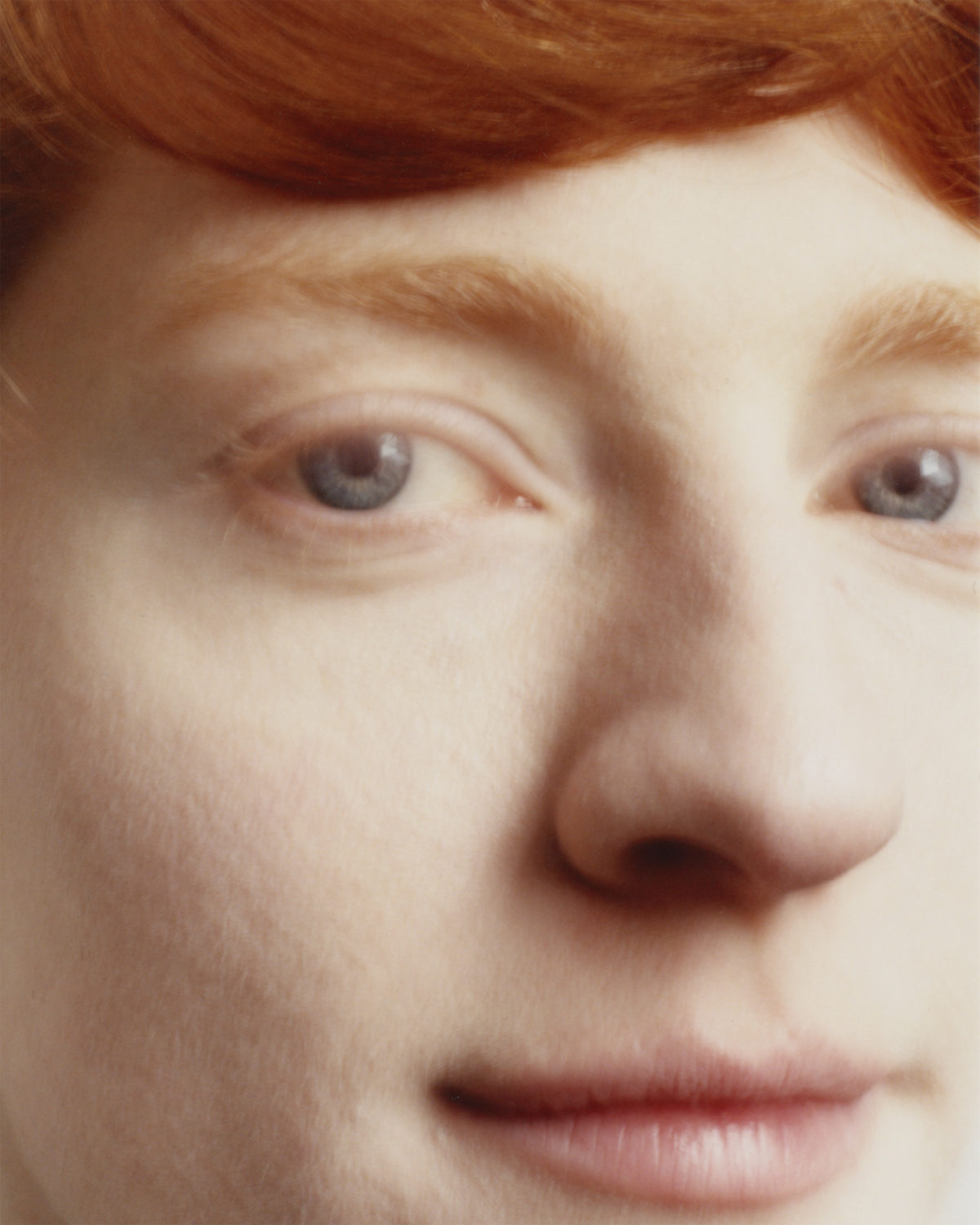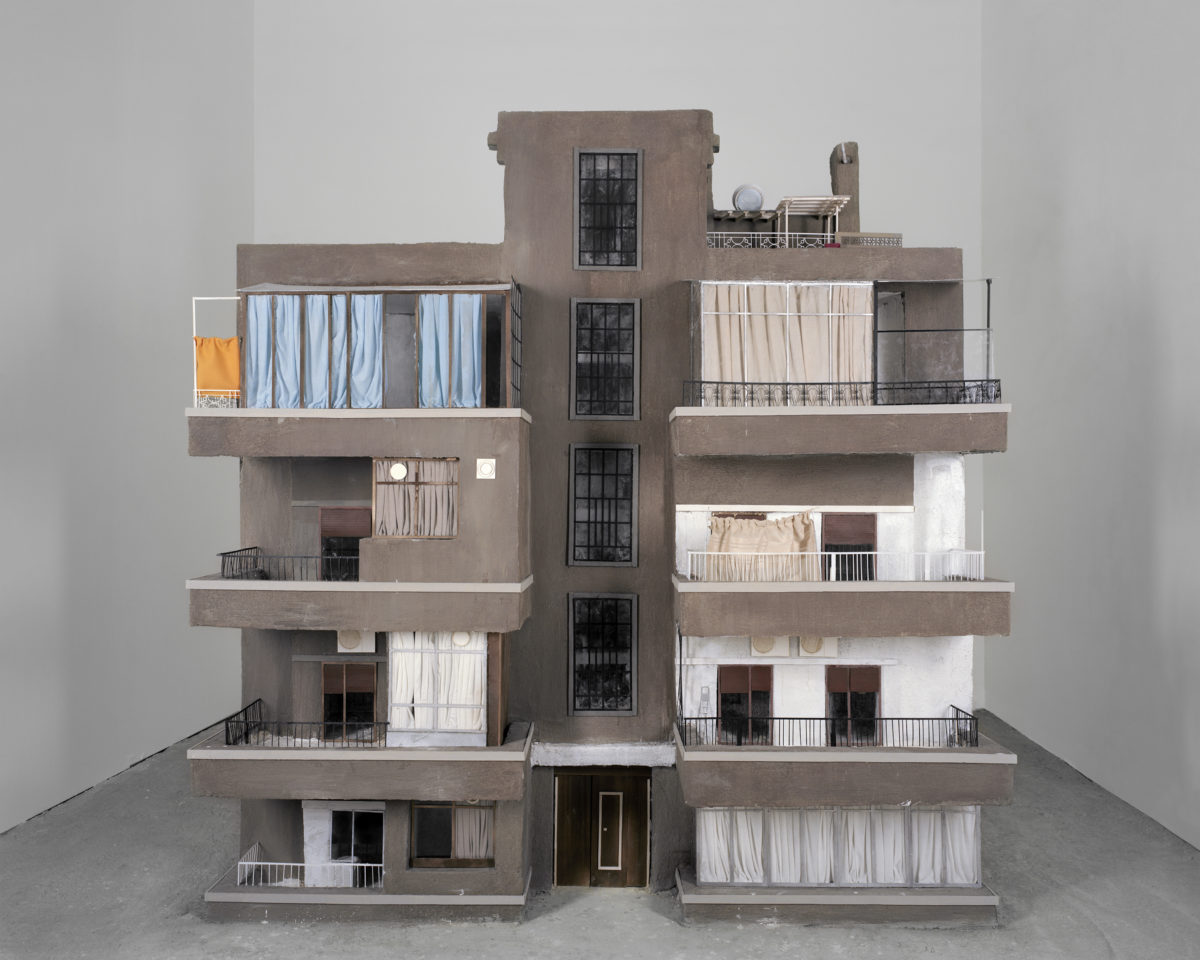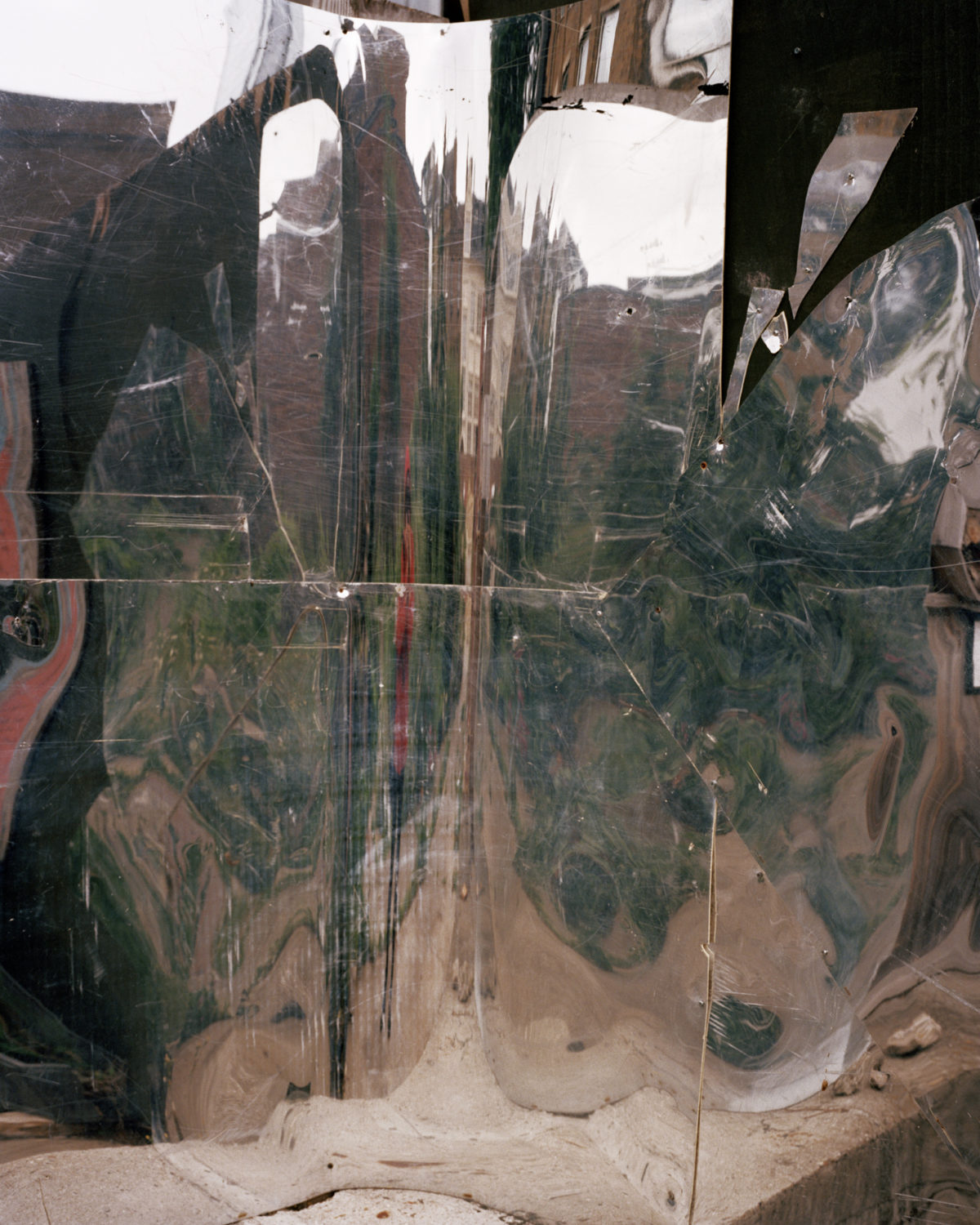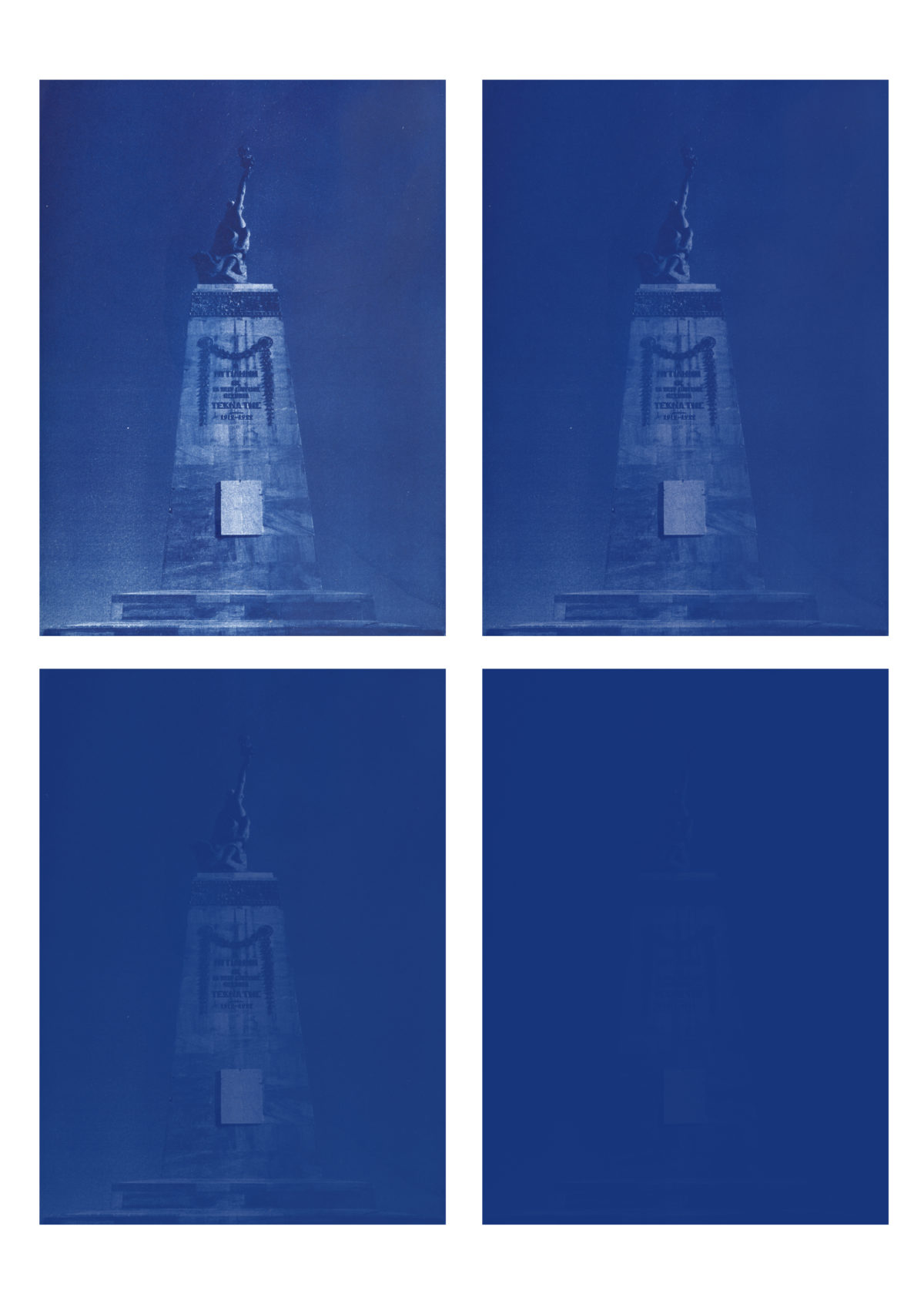Photographs freeze time yet can often imply movement, either by depicting an object we are used to seeing in motion (for example, an animal, a vehicle or a person) or by capturing the flow of time using a slow shutter speed.
The physical movement of a camera in action can also distort and abstract in interesting and unanticipated ways. It might be suggested that all photographs are abstractions (in that they are made or constructed, rather than being simply a window onto the world). However, movement – whether of subject, time or camera – only draws our attention to this fact.




